The income-tax returns filing season is fast approaching with the initial deadline being July 31. 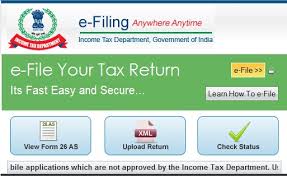
The income-tax returns filing season is fast approaching with the initial deadline being July 31. You must be among those preparing to file your returns. But most tax assessees who are required to e-file their returns keep deferring till the last moment.
However, even if you are procrastinating, you need to be prepared with all the details that you need to provide in your tax returns. And for that you need a lot of documents to be with you. It may not easy to source these documents at the last moment since some have to obtained from your office, some come by mail and others need to be downloaded. And even if you have all of documents with you, you need to have them filed in a file that is easy to locate.
So what are these documents that you need to keep handy at the time of filing? FeMoney asked tax expert Sudhir Kaushik, Co-founder and CFO, Taxspanner.com on documents that are a must in hand. “Keeping documents like Form 16, Form 26AS and home or education loan certificates for obtaining deductions would ensure that your tax filing is hassle-free and complete,” Kaushik said.
Here are a list of documents that Kaushik says one should be ready with while filing tax returns:
Form-16 and Form-16A
Form-16 is the most basic source of information about the income earned and the tax deducted from your salary during the year. In case you have worked for more than one employer during the financial year 2015-16 then you must collect your Form 16 from all of them. Form 16-A form is also called a Tax Deducted at Source (TDS) certificate and is issued by banks for interest income, capital gains of NRIs, etc. If you have rental income and your landlord has deducted TDS on rent then you should collect Form-16A from the landlord too. Similarly, if you have any commission or professional income, TDS certificate for the same should also be collected.
Form-26AS
Your income from all sources, tax deductions and any high-value transaction(s) are reported in this form. I-T department sends notices if the ITR filed by the taxpayer does not match with the information available in Form-26AS. You should get your Form 26AS and match details with your ITR before filing it. If there is some mismatch, you should fix those errors and then file your return. You can download Form-26AS from your net banking account, directly from income-tax department’s website.
Bank statements from all bank accounts
You should verify that all the bank transactions carried out during the financial year with respect to income earned, investments made, expenses etc. have been declared in the appropriate sections of your return. This would show dividend income or gifts received above Rs 50,000 on which tax needs to be paid.
Home/education loan interest certificates
If you have taken any home/education loan then collect their interest certificate from the lender to claim the right deduction.
Investment proofs not submitted to employer
It is possible that some of the investments made by you during the financial year have not been included in the Form-16 issued to you. For example, if you invested in tax-saving tools such as life insurance, Public Provident Fund after proof submission deadline set by your employer, proofs of these investments would not have been submitted to your employer. For such investments, you need to have the proofs for reference while preparing your return.
Share/mutual fund transaction statements
These are required to enter details like sale date, purchase date, quantity and amount for computing capital gains/loss.
Tax payment challan(s)
If you have paid advance tax and/or self assessment tax then you need to enter the details of the same in your return for accurate computation of tax liability.
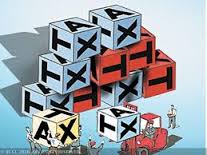
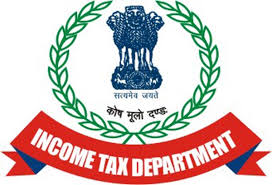
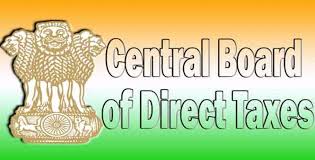
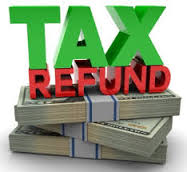
The department has begun publishing the names of tax defaulters in leading national dailies since last year and has named 67 such defaulters from across the country till now with their vital details like addresses, contacts, PAN card number and shareholders in case of companies.
The earlier exercise was restricted to people with huge defaults to the tune of about Rs 20-30 crore but the new measure will bring to the fore those names who have defaulted a tax of Rs 1 crore or more. “It has been decided to ‘name and shame’ all category of taxpayers including personal and corporate taxpayers who have a default of Rs 1 crore and above by March, 31 which is the end of 2016-17 financial year.
Source: http://indianexpress.com/article/business/economy/it-dept-to-name-and-shame-crorepati-defaulters-this-fiscal-2817347/#sthash.jCduzRT8.dpuf